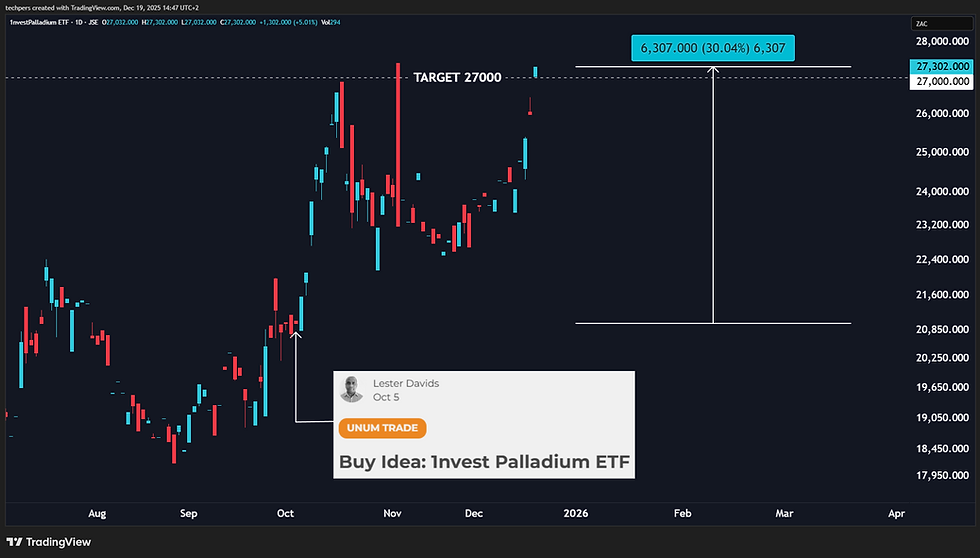Correlation in Share Trading: Understanding the Impact of Relationships
- Peet Serfontein

- Aug 2, 2023
- 3 min read
Introduction
In the world of share trading, understanding correlation is vital for making informed investment decisions and managing risk effectively. Correlation plays a crucial role in assessing how different shares or assets move in relation to each other, providing insights into portfolio diversification, risk management, and potential investment opportunities. We will explore the concept of correlation in share trading, its importance, and how traders and investors can leverage this knowledge to improve their strategies.
What is Correlation in Share Trading?
In share trading, correlation refers to the statistical relationship between the price movements of two or more shares or assets. When two shares have a positive correlation, they tend to move in the same direction – when one share's price increases, the other share's price also increases.
On the other hand, a negative correlation indicates that two shares tend to move in opposite directions – when one share's price increases, the other share's price decreases.
Finally, if two shares have a correlation close to zero, it suggests that their price movements are not significantly related.
Measuring Correlation in Share Trading
The most common method of measuring correlation between two shares is by using the Pearson correlation coefficient, just like in general statistics. The correlation coefficient ranges from -1 to 1, with the same interpretation as before:
r = 1 indicates a perfect positive correlation, where the two shares move in complete harmony.
r = -1 indicates a perfect negative correlation, where the two shares move in opposite directions.
r ≈ 0 indicates little to no correlation, suggesting that the two shares have independent price movements.
Importance of Correlation in Share Trading
Understanding the correlation between different shares is crucial for several reasons:
Diversification: Correlation helps traders identify assets that have low or negative correlations with each other. Diversifying a portfolio with assets that are not highly correlated can help reduce overall risk. When some assets decrease in value, others might increase, which can mitigate losses.
Risk Management: High correlations among shares can increase the overall risk in a portfolio. If all shares in a portfolio are positively correlated, they are more likely to experience simultaneous declines during market downturns. By knowing the correlation between holdings, traders can optimise their portfolios to manage risk more effectively.
Identifying Investment Opportunities: Traders can use correlation analysis to identify potential investment opportunities. For example, if they notice a positive correlation between two shares, they might consider one as a proxy for the other. If the correlation is negative, they may see a hedging opportunity to protect against price declines.
Sector Analysis: Correlation analysis can help traders understand the broader movements within specific sectors or industries. For example, in a technology-heavy sector, many shares might be positively correlated, and understanding this can influence investment decisions within that sector.
Limitations of Correlation in Share Trading While correlation is a valuable tool, it has its limitations:
Changing Market Conditions: Correlations between shares can change over time due to shifts in market dynamics, economic conditions, or company-specific events. Traders need to monitor correlations regularly and be prepared for them to evolve.
Limited to Linear Relationships: Correlation measures linear relationships between variables. Some shares may have non-linear relationships, making it important to consider other forms of analysis alongside correlation.
Causation Concerns: As always, it's essential to remember that correlation does not imply causation. Just because two shares are correlated does not necessarily mean that one share causes the price movement of the other.
Conclusion
In share trading, understanding correlation is a powerful tool for making informed decisions, managing risk, and optimising investment portfolios. By analysing the relationship between different shares, traders can diversify their portfolios effectively, identify hedging opportunities, and navigate changing market conditions more intelligently. However, correlation should always be used in combination with other forms of analysis, and traders must be cautious about drawing causal conclusions solely based on correlation. With a solid understanding of correlation, traders can navigate the dynamic world of share trading with greater confidence and success.
Top 40 share correlation and selected markets
The heatmap displayed below presents the constituents of the Top 40 index alongside selected major markets. This dynamic heatmap is updated daily, providing valuable insights. For added convenience, you can download the corresponding data as an Excel file. Stay informed of the latest trends and changes in the market through this user-friendly visualisation.
Download the Excel file here:





Comments